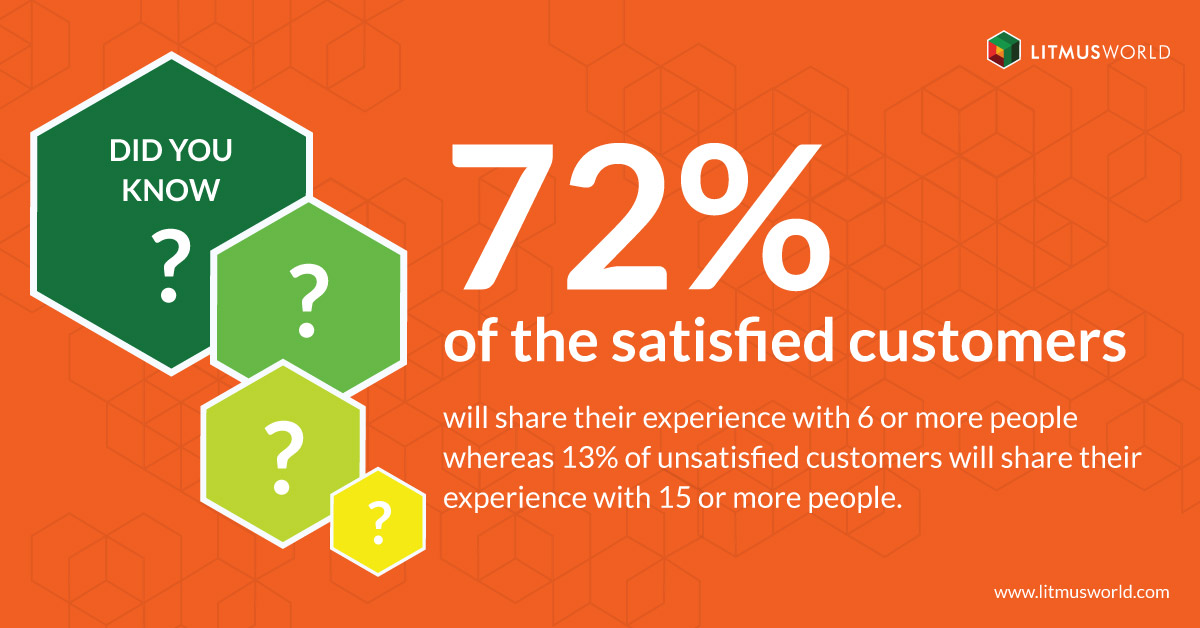Social Media and Customer Experience
Social Media and Customer Experience – An Unbalanced Equation

Tired of dousing fires on social media?
One of the reasons customers resort to social media is the lack of a direct mode of communication between brands and their consumers. Consumers are volatile and enabled by technology. Consumers feel helpless, powerless and ignored. If they cannot talk to you they will talk to the world!
While social media is a great channel for customer interactions, it is also not the most effective way from a business perspective. A survey by DigiDay states that 88% of consumers side-cast a brand due to a bad online reputation. Which means, to attract a chunk of these 88% consumer base, the cost of acquisition will be considerably higher.
Lack of a brand-owned communication medium impacts business in 2 major ways:
Increase in the acquisition cost of new consumers
Reduction in the retention rate of existing consumers
A very common and interesting use case is that of a leading Shoe manufacturer in India. They have not only successfully revamped the brand positioning but also grown their business by 40% through a self-owned communication channel. They have enabled constructive feedback management through their proactive front-end efforts and reactive process feedbacks.
LitmusWorld enables organizations to create a self-owned communication channel where they can track and effectively manage the proactive feedback they receive from their consumers. While social media is limited by the issue at hand, LitmusWorld helps you handle multiple issues with contextual information.
Online reputation management with a filter
With a 2-way conversation street, you can ensure a checkpoint between the negative and positive word-of-mouth that goes out on the social channels. An innovative use case of owned communication channels is influencing your positive social reputation by allowing your respondents to publish their reviews directly on their social handles using an ‘if-else’ mechanism. For every promoter, on the last page, you can have social share options to spread their positive experience with the world whereas for every detractor you can close loop the issue and ensure conversion of detractors to promoters.

How should your communication channel be designed?
‘Thank-You’ Approach
One way of designing a communication channel is a Thank You approach. This is a much more traditional way of feedback management. Organizations can open a channel for customers to talk to them, ensure appropriate actions and close the issue with a firm resolution. There is ideally one ‘Gatekeeper’ to ensure a streamlined flow of communication. The onus of the internal stakeholder is entirely at the mercy of the gatekeeper. Most customer care departments follow this approach. There are major inefficiencies in this approach and customer-centricity is at the minimum.
‘We-Are-Listening’ Approach
Organizations can open their channel of communication to all the departments of the organization to ensure customer centricity and onus of the customer through cross-functional collaboration. This is the modern way of feedback-management. There is no ‘Gatekeeper’ and the senior leadership can directly take charge of the insights coming in, keep a real-time check on the ageing of the issue and take the necessary steps through escalation management.
The second approach ensures that the customers are listened to and given the right resolution faster than the social channel that requires a dedicated team to manage your online reputation.
The biggest difference between the social channels and LitmusWorld is that the customers feel like outsiders in the former and a part of the organization in the latter.
Ready to create your own social network?

